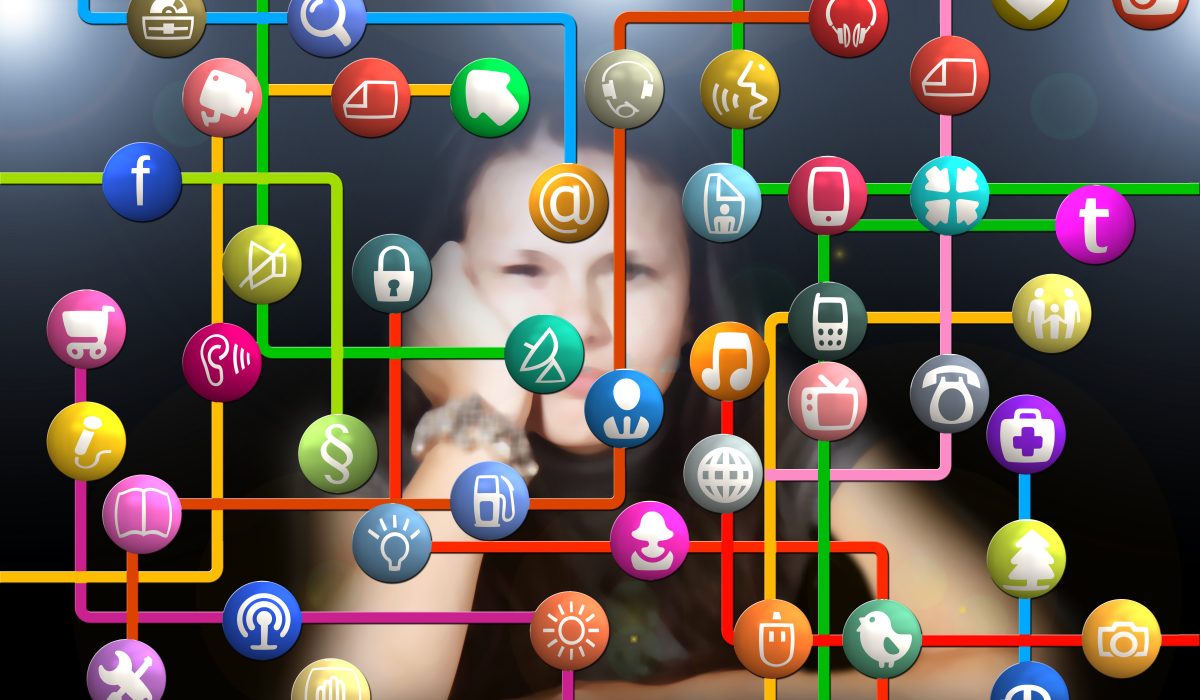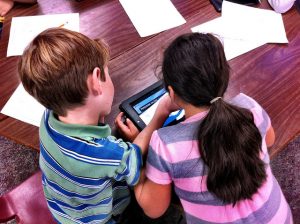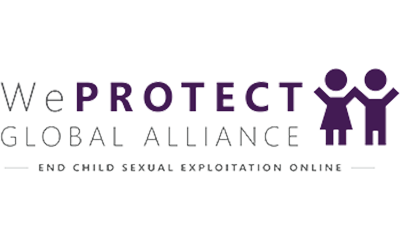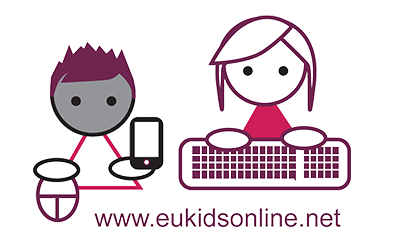Safer Internet Day (#SID2018) is a prompt to consider how we can use the global evidence to make the internet a better place for children. An increasing number of digital devices and online platforms are becoming available to children in high- and middle-income countries, and increasingly also in low-income countries. Children already account for 1 in 3 internet users and their proportion will continue to grow with the spread of the internet in the global South (Livingstone et al., 2016).
There are, however, significant gaps in our understanding about the ways digital technologies impact on children’s opportunities, risks and well-being around the globe. In many cases, the development of legislation, regulation, and child-centred provision of resources is lagging behind children’s internet use.
What do we know about children’s internet safety?
Efforts to make the internet a safer place for children need to rest on a balanced way of addressing opportunities alongside risks and to reside in a bottom-up approach integrating the views and voices of children. Global Kids Online adopts this approach and uses the comparative evidence to encourage policies that are inclusive and balanced, ensuring the internet serves to expand children’s rights.
A number of recent reports involving members of the Global Kids Online network highlight the need of a combined approach which fosters the positive opportunities and ensures that all children have access to the benefits that the internet affords, as well as work to protect children from online harm and to develop their digital skills so that they can become competent and safe users (see: Kardefelt-Winther, 2017, Livingstone and Byrne, 2017; Livingstone et al, 2017; Third et al, 2017; UNICEF, 2017). Key issues include:
- Children start using the internet younger and spend more time online the more available the internet becomes. The longer children surf the internet, the more opportunities and risks they are likely to face.
- Children rely heavily on smartphones to go online, which makes them more independent users and parental supervision more difficult. Some children, particularly in the global South, rely exclusively on mobile access, which can create a second-best online experience.
- The internet can have a positive impact on children’s learning, social relationships, and participation. Connection, communication, sharing, and entertainment are key benefits that children appreciate.
- However, not all children have equal access to these opportunities – social, cultural and economic divides can prevent some children from making the most of the benefits the internet affords. Children in the global South may experience such barriers particularly strongly.
- Moderate use of digital technologies is beneficial for children’s mental well-being, while both no use or too much use can have a negative impact.
- Children may lack the digital skills to take advantage of the online opportunities and to stay safe from harm, especially at a younger age. Positive encouragement and support will allow them to optimise the positive effects and reduce the risky situations. Restrictive strategies, such as banning children from using the internet do not have the same positive effect. This is relevant to consider as some states now move towards banning the use of mobile phones in school.
- Older teenagers generally experience more risky situations but younger children are more often upset by negative experiences.
- Children find a wide range of online experiences upsetting. Between 14% and 36% of internet users aged 9–17 we surveyed, depending on age and country, experienced something upsetting online in the past year.
- A similar proportion (between 12% and 36%) experience hurtful peer behaviour but most of this behaviour occurs offline.
- Only a few 9- to 17-year-old internet-using children (between 1% and 11%,) experienced hurtful behaviour online in the past year; most of this occurred just once or twice.
- When upset by something online, most children turn to friends or family for support and rarely to professionals (see Figure 1 below). Some children deal with the issues on their own.
- Some parents lack the skills, knowledge, or awareness to mediate effectively their children’s internet use. They need to be supported to enable them to assist more effectively children’s positive internet use.
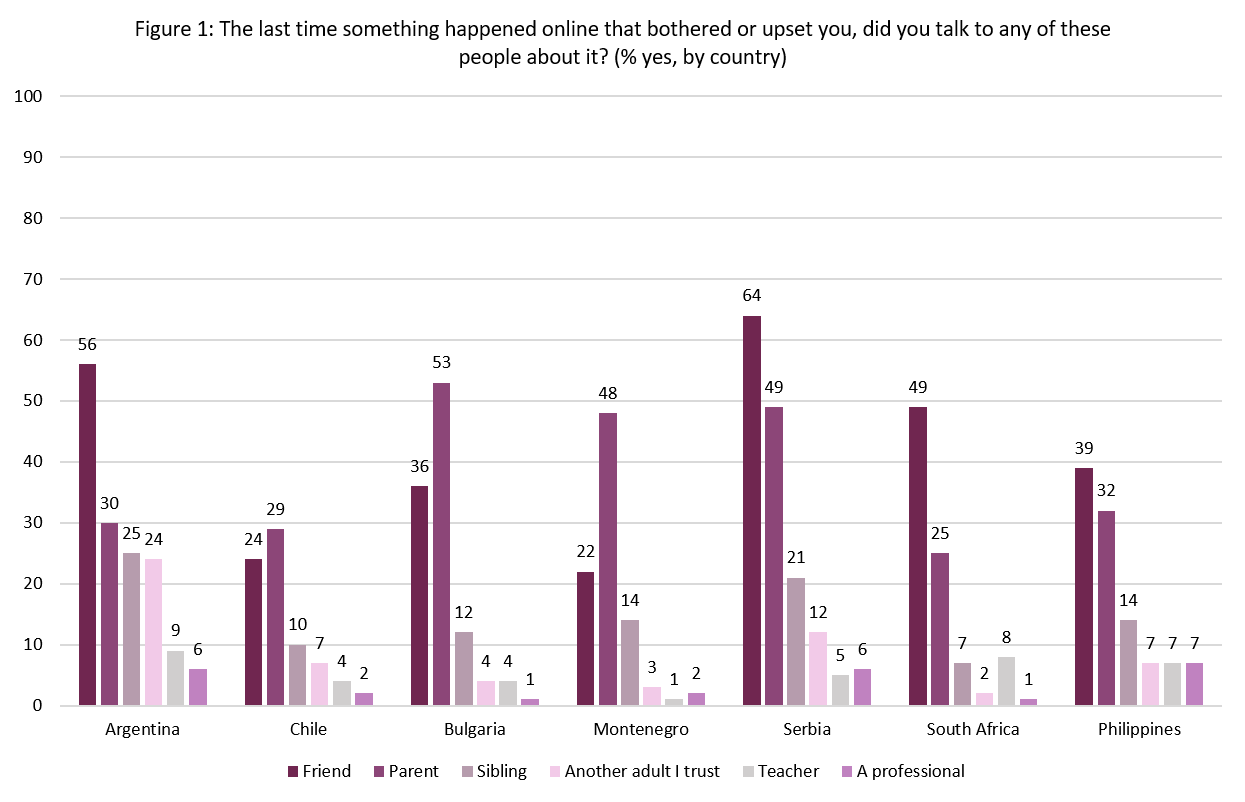 Joining efforts to support safer internet and child rights
Joining efforts to support safer internet and child rights
There is a pressing need to rethink how we approach children’s rights in a digital age both in relation to global research agenda and internet governance. Members of the Global Kids Online network used the evidence collected by country partners at a number of recent high-level events to argue in favour of child-inclusive research agenda (see IGF, 2017) and in support of promoting digital citizenship and child safety online through a multi-stakeholder, multi-sectoral approach, and with engagement from parents and children themselves (see UNICEF, 2017a; 2017b; Kardefelt-Winther, 2018).
The effort to frame and conduct research relevant to children’s well-being and rights in a digital age must be a dynamic and internationally collaborative enterprise, focusing on gathering evidence on children’s digital lives across globally diverse contexts. At the global level, such evidence is needed to help build a consensus among international actors on international standards, agreements, protocols and investments in order to make the internet a safer and better place for children. This would involve identifying and assembling the emerging models of best practice via a multi-stakeholder process that can create positive norms recognised at both national and supranational level.
Using the global evidence on children’s internet use, including Global Kids Online findings, the most recent State of the World’s Children report (UNICEF, 2017) identifies a number of digital priorities to harness the good and limit the harm of children’s internet use:
- Providing all children with affordable access to high-quality online resources: by bringing down the cost of connectivity; investing in public-access hotspots; promoting the creation of content that is relevant to children and in their own languages; breaking cultural, social and gender barriers to equal online access; and providing children on the move with access to digital devices and connectivity.
- Protecting children from harm online: supporting law enforcement and child protection efforts, adopting and implement a strategic framework for combating sexual exploitation online, such as the one developed by the WePROTECT Global Alliance; tailoring protections to reflect children’s evolving capacities; supporting the people who can support children.
- Safeguarding children’s privacy and identities online: putting safeguards in place to protect children’s privacy, personal information and reputation; setting children’s privacy settings at maximum by default; preventing the exploitation of children’s personal data for commercial gain; respecting the encryption for child-related and children’s data.
- Teaching digital literacy to keep children informed, engaged and safe online: by including digital literacy in schools’ educational programmes; providing children with access to proven online education opportunities; developing opportunities to learn ICT skills in non-formal education; supporting the development of teachers’ digital skills and literacies; supporting the establishment of online libraries; teaching children about the risks of content creation and sharing and how to protect their privacy and personal data online; strengthening the teaching of online tolerance and empathy and providing children with good role models.
- Leveraging the power of the private sector to advance ethical standards and practices that protect and benefit children online: preventing networks and services from disseminating child-abuse material; promoting non-discriminatory access; developing ethical standards for businesses and technologies; offering parents the tools to create an age-appropriate online environment.
- Putting children at the centre of digital policy: giving children and young people a voice in the development of digital policies that affect their lives; tracking disparities in and barriers to access; integrating child- and gender-specific issues into national policies and strategies.
Further resources
Resources for working with children:
Worksheet ‘The Internet & You’
Good practice examples of working with stakeholders:
Argentina: a multi-stakeholder approach to promoting digital citizenship and literacy
Brazil: building strategic partnerships among stakeholders
Impact work in Bulgaria: using evidence to promote digital literacy
Montenegro: a participatory approach in promoting digital literacy
The Philippines: multi-stakeholder collaboration for social change
South Africa: using evidence to influence policy
Excellent support from key stakeholders in Ghana
Recent reports:
Livingstone, S., Stoilova, M. and Yu, S. (2017) Recognising online hurtful behaviour among peers
UNICEF (2017) The State of the World’s Children 2017: Children in a Digital World
Post author: Mariya Stoilova
You can sign up to receive the latest research news from Global Kids Online by email. Please forward this message to anyone you think may be interested.

